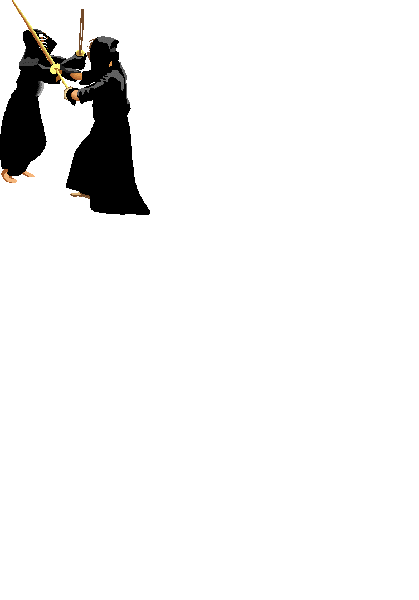
Kendo

Kendo is the art of Japanese fencing. Many people, men and women, study kendo the world over. In Great Britain kendo is taught under the direction of the British Kendo Association. Kenseikai dojo's are a member of the BKA. Kendo is taught at our Langdon Park dojo situated in Poplar, East London.
Definition and Brief History
Kendo is a combination of two Japanese words - ken meaning "sword" and michi or do meaning "road" or "way"; the result being "sword’s way" or "the way of the sword."
Kendo was derived from one of the oldest of the martial arts — kenjutsu (swordsmanship, or the technique of the sword) of which written records date back to the seventh century.
The dojo for kenjutsu were established during the Muromachi Period (1336—1573) when a good swordsman was literally "worth his weight in gold" because of the many battles being fought among the feudal lords of that day.
Kenjutsu was born during the early Tokugawa Period (1603—1867) when Tokugawa Ieyasu ruled as the shogun, and pressed the other provincial lords to cease hostility among themselves. There was a special need for the samurai of that day — something other than just the practice of swordsmanship. This is when kenjutsu made its beginning.
Buddhism and Shinto played a major role in the mental and physical discipline utilized in the development of kenjutsu.
Subsequently. kenjutsu has undergone various refinements, such as the introduction of protective equipment, a substitute weapon for the sword, techniques, etc. Kendo emerged in the late 19th century.
Although kendo is regarded today as physical sport, the mental development portion must still be considered an important function.